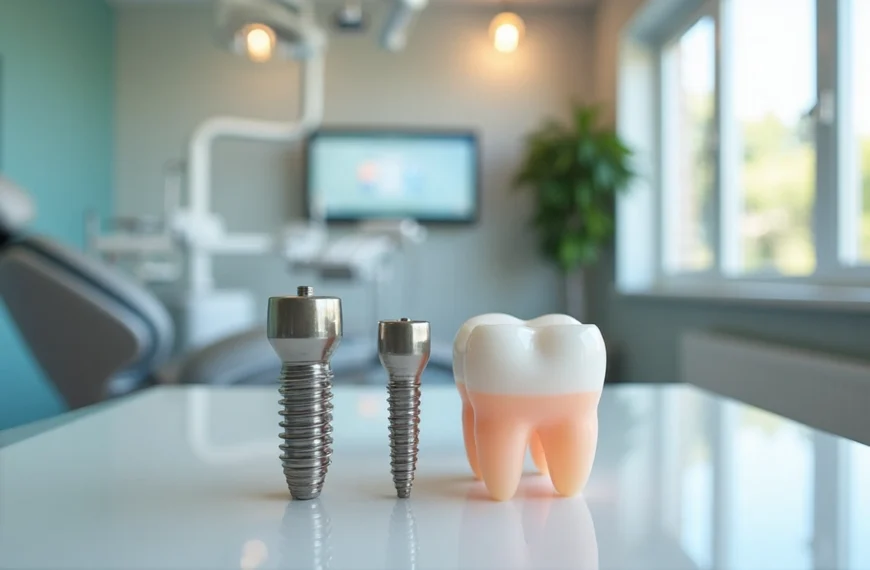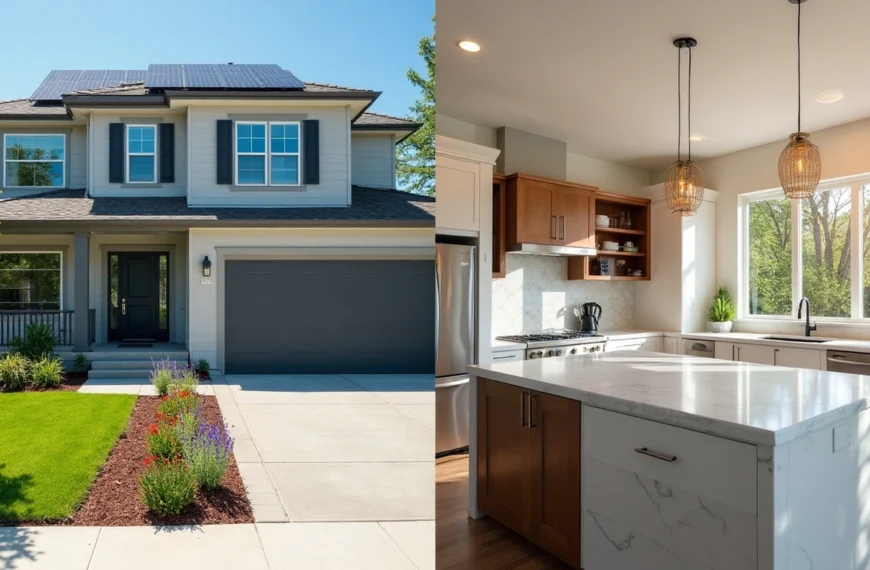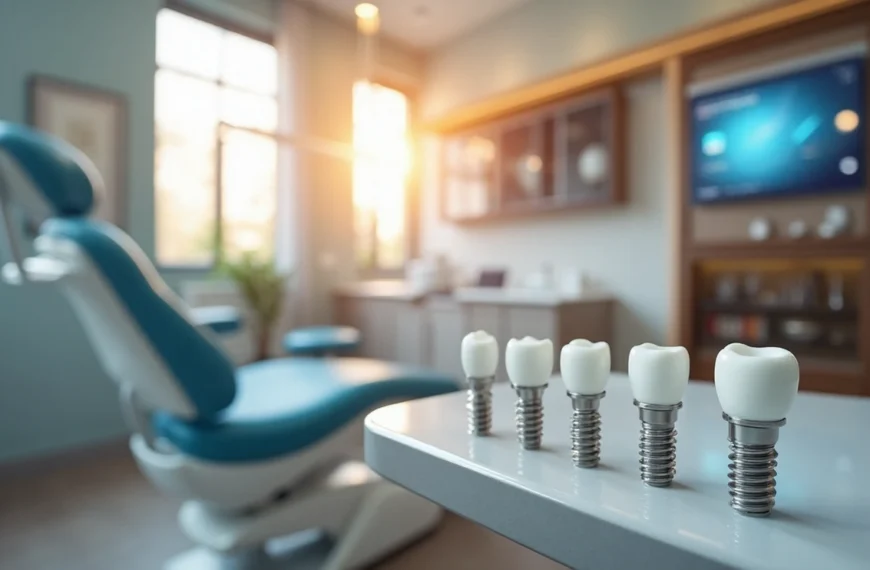People spend about 90% of their lives inside, and the best home air purifiers can really improve air quality. The Environmental Protection Agency reports that indoor pollutant levels are usually two to five times higher than outdoor ones. A good air purifier plays a vital role in keeping your home’s air healthy.
Many brands promise great results but don’t deliver. Experts tested more than 60 air purifiers in the last nine years. They found that top performers like the Coway Airmega AP-1512HH Mighty can cut heavy smoke pollution by 99.6% in just 30 minutes. The Winix 5500-2 showed similar results and captured 99.9% of smoke particles in test rooms.
Filtration quality makes all the difference between good and bad air purifiers. HEPA filters can trap 99.97% of particles that are 0.3 micrometers wide, which helps remove common household irritants. Consumer Reports testing expert Misha Kollontai notes that lower-quality purifiers struggle to perform well and make too much noise, even at maximum power.
This piece gets into why most air purifiers don’t work well, what features matter, and which models actually clean your home’s air effectively.
Why Most Air Purifiers Fail
Image Source: IQAir
Air purifiers flood today’s market with promises of clean air, but most products fail to deliver on their claims. Consumers need to understand these limitations before spending money on products that might not work for their homes.
Lack of true HEPA filtration
Manufacturers love using misleading terms like “HEPA-type,” “HEPA-like,” and “HEPA-style” to make their products sound better than they are. True HEPA filters must remove at least 99.97% of airborne particles of 0.3-micron diameter in a single pass. These filters can lose up to 50% of their effectiveness after just 90 days. Product descriptions rarely mention this dramatic drop in performance.
Overstated room size claims
Companies often inflate their air purifiers’ coverage area claims. The Association of Home Appliance Manufacturers (AHAM) states that room size ratings should multiply the CADR rating by 1.55, assuming an 8-foot ceiling. Companies ignore these standards and make claims about square footage coverage without proof. These calculations also fail to show real-life performance over time or the difference between moving air and actually changing it.
Poor CADR performance
Clean Air Delivery Rate (CADR) shows how quickly an air purifier cleans the air—not how well it works long-term or removes ultrafine particles. A high CADR score might show fast cleaning initially but doesn’t reflect lasting performance. Tests measure CADR with new, clean filters at maximum fan speed—conditions that rarely exist in daily use.
Noise levels that make them unusable
Most air purifiers become too noisy, especially in bedrooms or workspaces. Constant noise can raise stress levels, affect concentration, and disturb sleep. Air purifiers need to run continuously to work, which forces users to choose between breathing clean air and staying comfortable.
Ineffective against VOCs and odors
HEPA filters excel at trapping particulate matter but struggle with volatile organic compounds (VOCs) and odors. MIT researchers discovered that consumer-grade air cleaners claiming to remove VOCs through chemical oxidation can create more VOCs. Removing VOCs requires activated carbon filtration, but many units contain too little of it.
Misleading marketing (e.g., ozone generators)
Some products labeled as “air purifiers” create ozone, which marketers cleverly disguise as “activated oxygen” or “energized oxygen”. Ozone generators not only fail at cleaning indoor air but can produce harmful byproducts like formaldehyde. Ionizers included in air purifiers can also produce ozone as a byproduct and work less effectively than proper filtration methods.
What Makes the Best Air Purifiers for Home
Image Source: The Spruce
The best air purifiers stand out from average ones through several essential features. Quality filtration makes all the difference in how well they work.
True HEPA or H13 filters
True HEPA filters capture at least 99.97% of airborne particles at 0.3 microns. These particles are the hardest to catch. H13 filters, which follow European standards, work even better by capturing 99.95% of particles as small as 0.1 microns. Both options work better than uncertified “HEPA-like” alternatives.
High CADR ratings for smoke, dust, and pollen
Clean Air Delivery Rate (CADR) shows how fast an air purifier cleans specific pollutants. A higher CADR means cleaner air faster. You’ll need a CADR rating that matches your room’s size. Multiply the CADR by 1.55 to find the right square footage.
Quiet operation under 50 decibels
Quality air purifiers clean the air while staying quieter than 50 decibels. This sound level matches a refrigerator’s hum. You can watch TV and sleep without any disruption.
Smart features and display shutoff
Modern purifiers come with apps that let you control them remotely. They monitor air quality and adjust their settings automatically based on pollution levels. Most units let you turn off their displays so they won’t disturb your sleep.
Energy efficiency and low running costs
Energy Star certified purifiers use 40% less energy than regular models. This cuts down your power bills by a lot. The best models balance filter life with performance, and some filters can last up to two years.
How to Choose the Right Air Purifier for Your Space
You need to match technical specs with your needs to find the right air purifier. The right approach will help you get the best air cleaning for your money.
Match CADR to room size
The Clean Air Delivery Rate (CADR) shows how fast an air purifier cleans your space. Your purifier’s CADR rating should be about two-thirds of your room’s square footage. A room of 150 square feet needs a unit with at least 100 CADR. Rooms with ceilings higher than 8 feet need higher CADR ratings because of the extra air volume. Air purifiers should clean all the room’s air 3-5 times every hour to work well.
Think over your biggest problem: allergies, smoke, VOCs
Each type of pollutant needs its own filtering method. True HEPA filters catch 99.97% of particles down to 0.3 microns and work great for allergies and particulates. Smoke needs high CADR smoke ratings plus carbon filtration. VOCs (volatile organic compounds) need lots of activated carbon—the carbon amount relates to how well it removes VOCs. Standard HEPA filters can’t catch VOCs because they’re about 1000 times smaller than what HEPA filters trap.
Avoid gimmicks like ionizers and UV-C
Ionizers and UV-C lights sound advanced but rarely deliver results. Ionizers might create harmful ozone. UV-C lights in most purifiers don’t have enough time to kill contaminants properly. The FDA and EPA warn against buying air purifiers that make ozone. Stick to proven mechanical filtration with HEPA and activated carbon instead.
Check filter replacement costs and frequency
Filter changes are a big part of ongoing costs. HEPA filters usually last 6-12 months. You’ll need to change activated carbon filters every 3 months. New filters cost between $15 and $100+ each. Quality HEPA filters usually run $30-$50. Yearly maintenance costs can hit $50-$100. Units that track actual filter use instead of preset timers are a great way to get better value and performance.
Top Picks That Actually Work
Image Source: RTINGS.com
Our rigorous testing and research shows these six air purifiers outperform their competitors and excel at meeting specific needs.
Coway Airmega AP-1512HH Mighty
The Coway Mighty shows strong performance with a smoke CADR of 234, dust CADR of 248, and pollen CADR of 232. The unit works well in rooms up to 350 square feet. People call it the “Toyota of air purifiers” because it stays reliable even after running non-stop for years. The purifier uses four filtration stages that include a HEPA filter, deodorizing activated charcoal, and a pre-filter you need to clean every 2-4 weeks.
Blueair Blue Pure 311i Max
The Blue Pure 311i Max stands out for smoke removal with its HEPASilent technology. The unit cleans a 439 sq. ft. room in 12.5 minutes and runs quietly at 23-50 dB. Its CADR ratings of 365 for pollen, 314 for dust, and 283 for smoke demonstrate strong performance. The unit saves energy by using only 29.2 watts at maximum speed.
Levoit Vital 200S
The Vital 200S cleans rooms up to 1862 sq. ft. (1 air change per hour) or 388 sq. ft. (4.8 air changes per hour). Pet owners love its U-shaped air inlet that catches pet fur effectively. The QuietKEAP technology keeps noise levels at 23-54 dB while maintaining performance. Tests show it cleaned a room in just 23 minutes.
Austin Air HealthMate for VOCs
The Austin Air HealthMate leads the pack for chemical sensitivity with its 60 sq. ft. of medical-grade HEPA and 15 pounds of activated carbon and zeolite. The large carbon filter removes chemicals, gasses, VOCs, formaldehyde, and odors. The filter lasts 5 years with normal home use, making it budget-friendly despite its higher original price.
CleanAirKits Luggable XL-7 for quiet performance
The Luggable XL-7 sets new standards for quiet operation at just 38.8 dB at top speed—comparable to rustling leaves. Seven PC fans with MERV 13 filters cleared a test room in 23 minutes. The unit achieved CADR ratings of 259 cfm for smoke, 323 cfm for dust, and 370 cfm for pollen. Its efficiency shines with 24 Smoke CADR per watt.
Winix 5500-2 for budget-conscious buyers
The Winix 5500-2 matches the performance of expensive models at a lower price. Tests show it removed 99.98% of airborne particulates in a 150-square-foot room. The unit comes with a true HEPA filter and pelleted activated carbon filter. Its CADR ratings (dust: 243 cfm, smoke: 232 cfm, pollen: 246 cfm) allow 4.8 air changes per hour in spaces up to 360 square feet.
Conclusion
A good air purifier can substantially improve your home’s air quality. This matters because Americans spend about 90% of their lives indoors. Many products claim to clean air, but few actually deliver on this promise.
Quality air purification boils down to what sets good models apart from the rest. Real HEPA filtration, proper CADR ratings for your space, quiet operation, and reasonable upkeep costs are the foundations of effective air cleaning. Smart buyers should look at marketing claims skeptically, especially those about coverage area, filtration technology, and extras like ionizers or UV lights.
Your specific needs should guide your purchase decision. People with allergies need different filters than those worried about smoke or chemicals. The right unit size matters too – you’ll need to measure your room to pick a purifier powerful enough for your space.
The best options that work for different budgets include the Coway Mighty, Blueair Blue Pure 311i Max, Levoit Vital 200S, Austin Air HealthMate, CleanAirKits Luggable XL-7, and Winix 5500-2. These units deliver real results instead of empty promises.
Note that an air purifier’s success depends on more than its original performance. You’ll need to replace filters regularly based on the manufacturer’s schedule to keep protecting against indoor pollutants.
Clean air plays a vital role in your health and comfort. Understanding what makes air purifiers work helps you choose one that actually protects your indoor environment instead of wasting money on useless tech. The right purifier, when properly sized and maintained, shields you from invisible contaminants that exist in every home.
Key Takeaways
Most air purifiers fail to deliver on their promises, but understanding key performance indicators helps you choose models that actually work for your home’s air quality needs.
• True HEPA filtration is non-negotiable – Avoid “HEPA-like” marketing terms and choose certified HEPA filters that capture 99.97% of 0.3-micron particles for effective air cleaning.
• Match CADR ratings to your room size – Select purifiers with CADR ratings approximately two-thirds of your room’s square footage for optimal air changes per hour.
• Prioritize quiet operation under 50 decibels – Effective air purifiers must run continuously, so choose models that operate quietly enough for comfortable daily use.
• Beware of misleading features like ionizers and ozone generators – These technologies can produce harmful byproducts while providing minimal air cleaning benefits compared to mechanical filtration.
• Factor in long-term filter replacement costs – Annual maintenance can reach $50-$100, so consider both initial price and ongoing expenses when evaluating air purifier value.
The most effective air purifiers combine proven HEPA technology with appropriate sizing, quiet operation, and reasonable maintenance costs – avoiding gimmicky features that promise more than they deliver.
FAQs
Q1. Do air purifiers actually improve indoor air quality? Yes, quality air purifiers can significantly improve indoor air quality. They remove airborne particles like dust, pollen, pet dander, and some even filter out odors and volatile organic compounds (VOCs). The effectiveness depends on factors like the purifier’s filtration technology, room size, and regular maintenance.
Q2. How do I know if my air purifier is working? You can tell your air purifier is working if you notice reduced dust accumulation, fewer allergy symptoms, and fresher-smelling air. Some models have air quality sensors that display real-time air quality levels. Additionally, checking the filter after a few months of use will show collected particles, indicating its effectiveness.
Q3. What features should I look for in an effective air purifier? An effective air purifier should have true HEPA filtration to capture small particles, activated carbon filters for odors and VOCs, appropriate Clean Air Delivery Rate (CADR) for your room size, quiet operation (under 50 decibels), and energy efficiency. Smart features like air quality sensors and automatic mode can also be beneficial.
Q4. How often should I replace the filters in my air purifier? Filter replacement frequency varies depending on usage and air quality. Generally, HEPA filters should be replaced every 6-12 months, while activated carbon filters may need replacement every 3-6 months. Some models have filter replacement indicators to help you determine when it’s time for a change.
Q5. Can air purifiers help with allergies and asthma? Yes, air purifiers can be beneficial for people with allergies and asthma. By removing airborne allergens like pollen, dust mites, and pet dander, they can reduce allergy symptoms and asthma triggers. However, it’s important to choose a purifier with true HEPA filtration and use it consistently for best results.
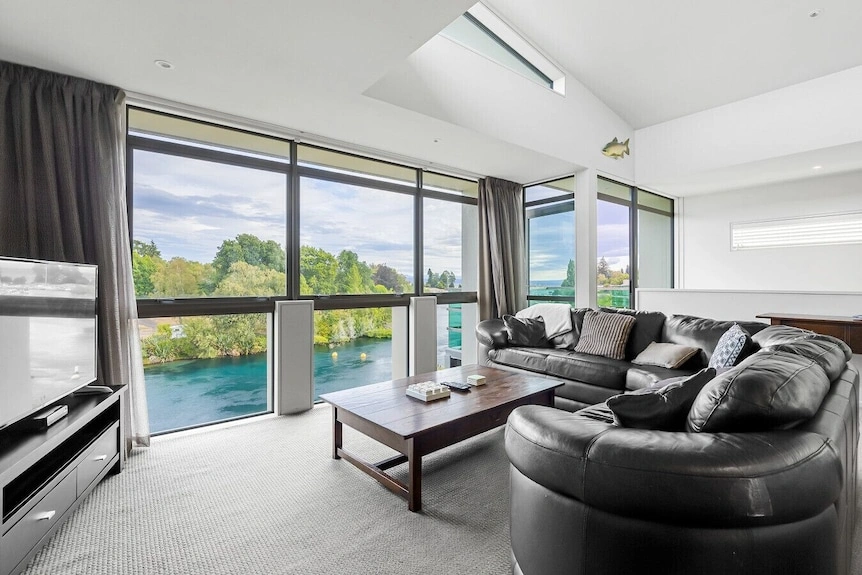


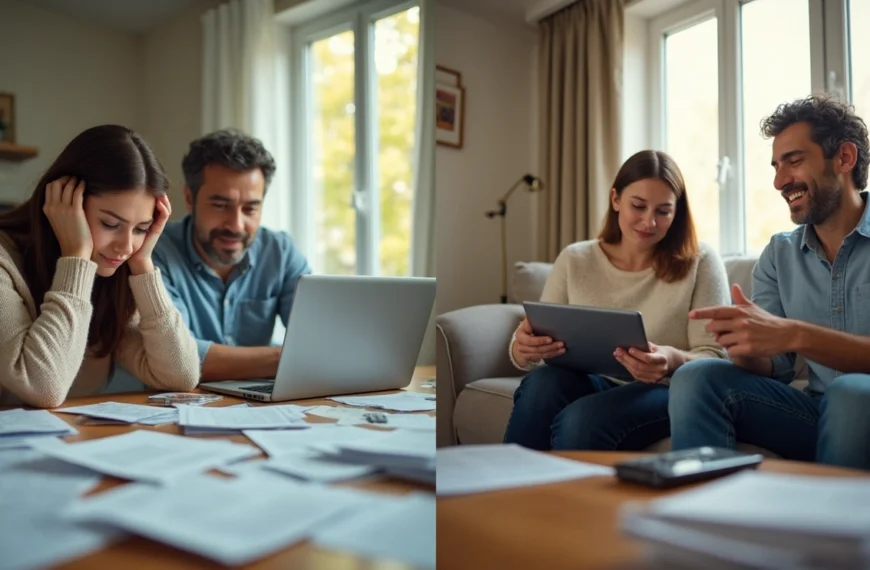

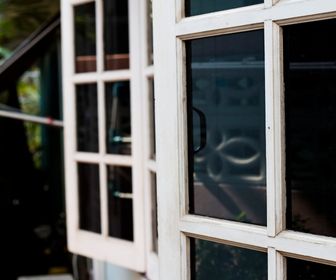




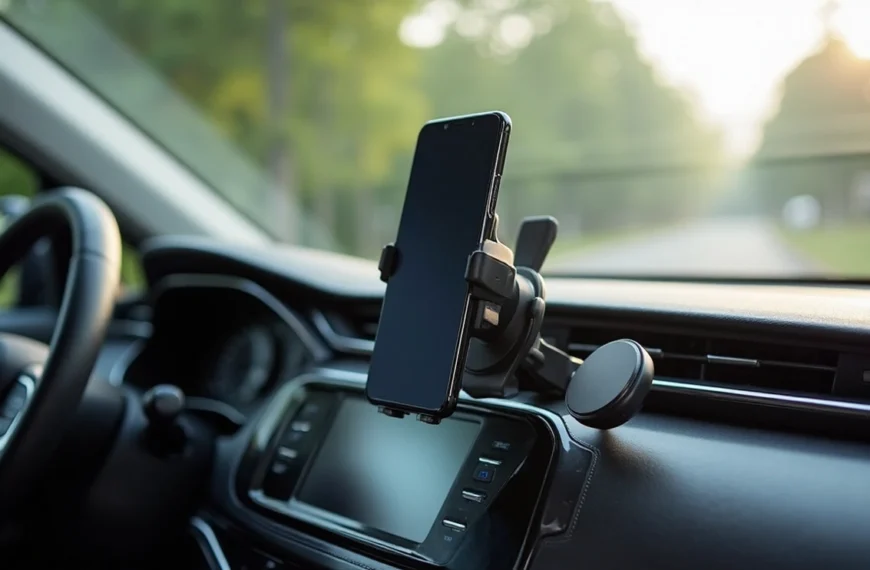
![No Win No Fee Lawyers: The Hidden Truth About Settlement Cuts Legal representation through no win no fee lawyers gives clients a way to fight cases without paying anything upfront. Many clients don't know that these services take a big chunk of money after winning the case. Lawyers usually take 25% to 40% of what you win as their contingency fee. The amount lawyers take from settlements can add up fast. A $100,000 settlement means your attorney gets $30,000 if they charge a 30% fee after winning your case. Your solicitor's cut might be £10,000 from a £30,000 compensation award, based on your agreement percentage. This payment model stays pretty much the same for no win no fee lawyers in different places, though percentages can change. This piece breaks down what you need to know about contingency fee deals. You'll learn about standard fee ranges, extra costs beyond the basic fee, and times when this payment setup might not work in your favor. Smart clients should think over these money matters before signing up with a lawyer to make better choices about their legal help. What No-Win No-Fee Really Means Image Source: Express Legal Funding A no-win no-fee arrangement, also called a Conditional Fee Agreement, changes the way people get legal help. This payment approach removes the need to pay legal fees upfront and creates a partnership between clients and their attorneys. How contingency fees work No-win no-fee agreements are based on contingency fees. Lawyers get paid only when they win compensation for their clients. Most lawyers take between 25% and 40% of the final amount, based on how complex the case is and where it's filed. Lawyers take their cut after winning the case. To name just one example, see a case where a lawyer wins £30,000 in compensation with a 33% fee - they would receive £10,000. On top of that, some law firms use sliding scales where they charge less for quick settlements and more if the case goes to trial. The law requires a written agreement before any work starts. This paperwork spells out the lawyer's percentage, what costs you'll need to cover, and other key details. What happens if you lose the case The meaning behind "no-win no-fee" is clear - losing your case means you won't pay your lawyer anything. All the same, you should know about a few money-related details. You won't owe your lawyer when you lose, but some deals might make you pay for court fees, expert witnesses, or other case expenses. The other side could also ask you to pay their legal costs. Many lawyers suggest getting "After Event" insurance to protect their clients. These policies cover any costs if you lose your case, which makes the no-win no-fee setup much safer. Why lawyers offer this model Lawyers want to make legal help available to more people, so they offer these payment plans. This setup helps people who don't have much money take legal action when they have valid claims. The payment structure motivates lawyers to work hard. They only get paid by winning cases, which pushes them to get the best results possible. Lawyers carefully assess each case before taking it on a no-win no-fee basis. They usually accept cases that have a good chance of winning, since they put in lots of time and resources without any guaranteed payment. The Real Cost: How Much Do Lawyers Take from a Settlement Image Source: Greiner Law Corp. The true cost of no-win no-fee legal representation becomes clear once we look at contingency fees. Many clients feel surprised to see a big chunk of their settlement checks going to their attorney's fees. Typical percentage ranges (25%–40%) No win no fee lawyers typically ask for 25% to 40% of the total settlement amount. Personal injury attorneys usually take 33.3% (one-third) of the awarded compensation[101]. Lawyers and clients agree on this percentage before any work starts on the case. Several factors shape the final percentage. Your chances of winning, case complexity, and the work to be done play key roles in determining the attorney's cut. Some areas have laws that cap the maximum contingency fees for specific types of cases. Sliding scale based on case complexity Law firms often use a tiered fee system that changes with the case stage and complexity. This scale rewards quick settlements while paying attorneys fairly if more work becomes needed. The fee might start at 30% if the case settles before lawsuit filing. This number could climb to 35% after filing or reach 40% if the case goes to trial. Law firms often group cases by complexity: 10%-20%: Simple cases with straightforward settlements 25%-35%: Typical personal injury cases 35% and above: Complex cases requiring extensive resources Examples of payout breakdowns These ground examples show how fees affect settlements: A $15,000 settlement with a 33.3% contingency fee.pdf) puts $5,000 in the attorney's pocket, leaving $10,000 for the client. Similarly, from a $100,000 settlement with a 33% fee, the attorney gets $33,000 while the client receives $67,000[102]. Complex cases tell a different story. A $100,000 settlement with a 30% fee plus $5,000 in extra costs leaves $65,000 for the client after all deductions. These fees substantially change the client's final payout. Hidden Costs You Might Not Expect Image Source: Nelson Personal Injury Lawyers Beyond percentage-based fees, clients often feel surprised by extra costs that can reduce their final compensation by a lot. These hidden costs show up in the fine print of no-win no-fee agreements. You should think over these details before signing. Court filing and expert witness fees Legal proceedings come with unavoidable court filing fees. These charges differ by jurisdiction. They usually range from $30 for small claims to several hundred dollars for complex civil lawsuits. Expert witnesses can be expensive, with hourly rates ranging from $150 to $1,000 based on their credentials and testimony complexity. Expert witnesses charge more for court appearances than consultation work because of added pressure and prep time. Clients might still need to pay experts for their prep work even if the case settles before trial. Medical report and investigation costs Medical documentation is a vital part of many legal claims. These costs include fees to release medical records, create specialized reports, and prepare documents. Investigation costs cover evidence gathering, police reports, witness interviews, and other fact-finding work needed to build a strong case. Of course, some firms say they'll cover these expenses upfront, but clients don't completely avoid these costs. When these costs are deducted from your compensation Law firms take these expenses from the settlement amount before they calculate their percentage fee, though each firm handles this differently. Some lawyers subtract these costs after figuring out their contingency fee, which changes how much money clients end up with. Most firms pay case-related costs during the process and get their money back from the settlement. The defendant usually pays most simple legal costs and disbursements in successful cases, but not always everything. Insurance protects clients from costs in unsuccessful claims at many law firms, but this protection isn't guaranteed. Clients should review their agreements carefully since they might still need to pay specific expenses even if they lose their case. When No-Win No-Fee Might Not Be the Best Option Contingency fee arrangements give many people access to justice. However, this payment model doesn't always work in a client's best interests. Knowing these limitations helps clients make better decisions about their legal representation. Cases with unclear liability Lawyer no win no fee arrangements work best in cases where fault is clear. We assessed the probability of success before taking contingency cases. Lawyers might turn down cases if there isn't enough evidence of the other party's negligence or if liability isn't certain. Cases with multiple responsible parties create more challenges. The situation gets complicated fast when several parties share liability. Lawyers are less likely to take these cases on contingency. They need to be confident they can prove the other party's negligence before accepting a case. Low-damage or low-payout claims Small claims often don't work well with the contingency model, even with real injuries. Cases that have minimal injuries or limited financial damages might not bring enough compensation to cover legal costs. The potential settlement needs to be big enough to pay for investigations, witness interviews and court fees. Personal injury lawyers often turn down cases where the "compensation potential" is too small. This doesn't mean the claim isn't valid - it just means the economics don't add up for a contingency arrangement. Situations where hourly billing may be better Hourly billing has clear advantages in certain cases. Clients see exactly what they're paying for - every hour worked and task completed. This model works well for cases that need lots of attention but don't have clear financial outcomes. Complex litigation with opposing parties works better with hourly billing and a retainer fee. Clients have more control over their case and don't feel pressured to settle quickly. Cases that need extensive preparation but have uncertain outcomes fit the hourly model better. Lawyers can spend the time needed without worrying about contingency limits. This approach often leads to better representation, especially for complex legal issues that need special expertise. Conclusion Understanding the Full Picture Before You Sign No-win no-fee arrangements offer legal representation without upfront costs. Of course, this seems attractive at first glance. In spite of that, you need to think about how these agreements can affect your final compensation. Legal fees usually range from 25% to 40% of your settlement - but that's just the start. You'll face more deductions like court filing fees, expert witness costs, and charges for medical documentation. What looks like a "free" service ends up taking a big chunk of your compensation to cover legal expenses. These arrangements work best in specific situations - cases with obvious liability, substantial damages, and solid evidence. If you have a low-value claim or complex liability issues, traditional hourly billing might serve you better. Without doubt, you should ask for clear explanations of all possible costs before signing anything. Read the fine print closely, especially when you have to deal with expenses in unsuccessful cases. Ask to see sample settlement breakdowns that show all deductions. This helps you picture what you might actually take home. Your choice to go with a no-win no-fee arrangement depends on your situation. This model helps if you don't have money to pursue valid claims. But if you have a strong case and enough funds, other fee structures might let you keep more of your compensation. Whatever payment model you choose, knowing exactly how much lawyers take from settlements helps you make better decisions. This knowledge lets you approach legal representation with real expectations and better control over your money. FAQs Q1. What percentage of a settlement do no-win no-fee lawyers typically take? No-win no-fee lawyers typically charge between 25% to 40% of the final settlement amount as their contingency fee. The exact percentage often depends on the complexity of the case and the stage at which it is resolved. Q2. Are there any hidden costs in no-win no-fee arrangements? Yes, there can be additional costs beyond the lawyer's percentage fee. These may include court filing fees, expert witness costs, medical report expenses, and investigation costs. These expenses are usually deducted from the settlement amount before or after the lawyer's fee is calculated. Q3. What happens if I lose my case in a no-win no-fee arrangement? If you lose your case, you generally won't have to pay your lawyer's fees. However, you might still be responsible for certain expenses like court costs or the opposing party's legal fees. Many lawyers offer insurance to protect clients from these potential costs in case of an unsuccessful claim. Q4. When might a no-win no-fee arrangement not be the best option? No-win no-fee arrangements may not be ideal for cases with unclear liability, low-value claims, or complex legal issues requiring extensive preparation. In these situations, traditional hourly billing might be more appropriate and potentially more cost-effective for the client. Q5. Can I negotiate the percentage a lawyer takes from my settlement? Yes, the contingency fee percentage is often negotiable. It's typically agreed upon and formalized in writing before the lawyer begins working on your case. Don't hesitate to discuss the fee structure with your lawyer and ask for a detailed breakdown of potential costs and deductions.](https://consumersweek.com/wp-content/uploads/2025/06/No-Win-No-Fee-Lawyers-The-Hidden-Truth-About-Settlement-Cuts-870x570.webp)
